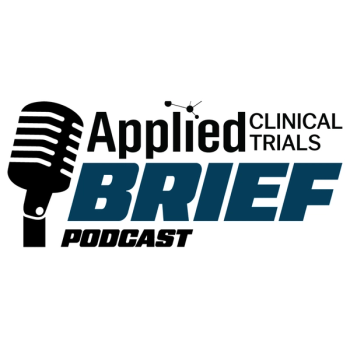
- Applied Clinical Trials-11-01-2012
- Volume 21
- Issue 11
In the Race to Capture Clinical Data, Does Data Quality Suffer?
Medidata
Data correction rates are indicative of the overall quality of data during a clinical trial. A higher rate of data correction would indicate a lower quality of data being entered, which raises concerns over the accuracy of data being collected during the study,and also, the level of training of the site personnel with electronic data capture (EDC) systems or other aspects of the protocol. The training and comfort level site personnel have with EDC systems would also contribute toward timely entry of data during the conduct of the study. A longer duration of time between subject visits to actual entry into the EDC would delay important decisions that determine the course of the study and may even indirectly impact patient safety.
Figure 1
This month's Insights graph provides a comparative—and contextual—evaluation of trends in terms of data correction rates and the time from subject visit to eCRF entry. This data is derived from Phase II and III studies in the Medidata Insights metrics warehouse for the time period between 2007 and 2012. As evident from the graph, the data correction rate remains essentially flat while visit to data entry has a downward trend, with an almost 80% decrease during the time period. This clearly indicates that timely data entry does not necessarily translate to high initial data accuracy.
Interestingly, data correction rates also decreased 21% in 2012, from an all-time high at 6.6% in 2007. It remains to be seen if this downward shift in 2012 would usher a downward trend in the years to come. It is possible that any shift in data correction rates due to timely entry of data (as suggested by the downward trend), is masked by other factors such as increases in the complexity of both eCRFs and protocols. A decreasing trend in data entry time is an indicator of better overall use of EDC systems, which can be used to relay insightful information, during the course of a clinical trial. It also highlights the potential opportunity of business analytics solutions, which seamlessly gather data from EDC and other eClinical systems to serve as key drivers for better planning and monitoring of clinical trials.
What other factors do you think are impacting data correction rates? As always, Medidata is interested to hear your take on this result. Please stay tuned as the company delves further into the Insights metric data through 2012.
—Medidata Solutions,
Articles in this issue
about 13 years ago
Taking the Pulse of Ethics Committee Viewsabout 13 years ago
Act Coverabout 13 years ago
Survey Results of Start-Up Cycle Timesabout 13 years ago
Business and News Update November 2012about 13 years ago
Act Insert coverabout 13 years ago
Pediatric Drug Developmentabout 13 years ago
ePRO Industry Growthabout 13 years ago
Generic Drugs Making Wavesabout 13 years ago
Are CRCs Reaching Their Tipping Point?about 13 years ago
EMA's Mid-Year Report Merits ScrutinyNewsletter
Stay current in clinical research with Applied Clinical Trials, providing expert insights, regulatory updates, and practical strategies for successful clinical trial design and execution.




